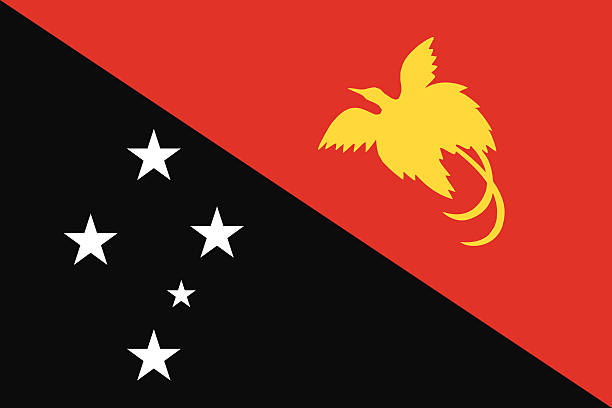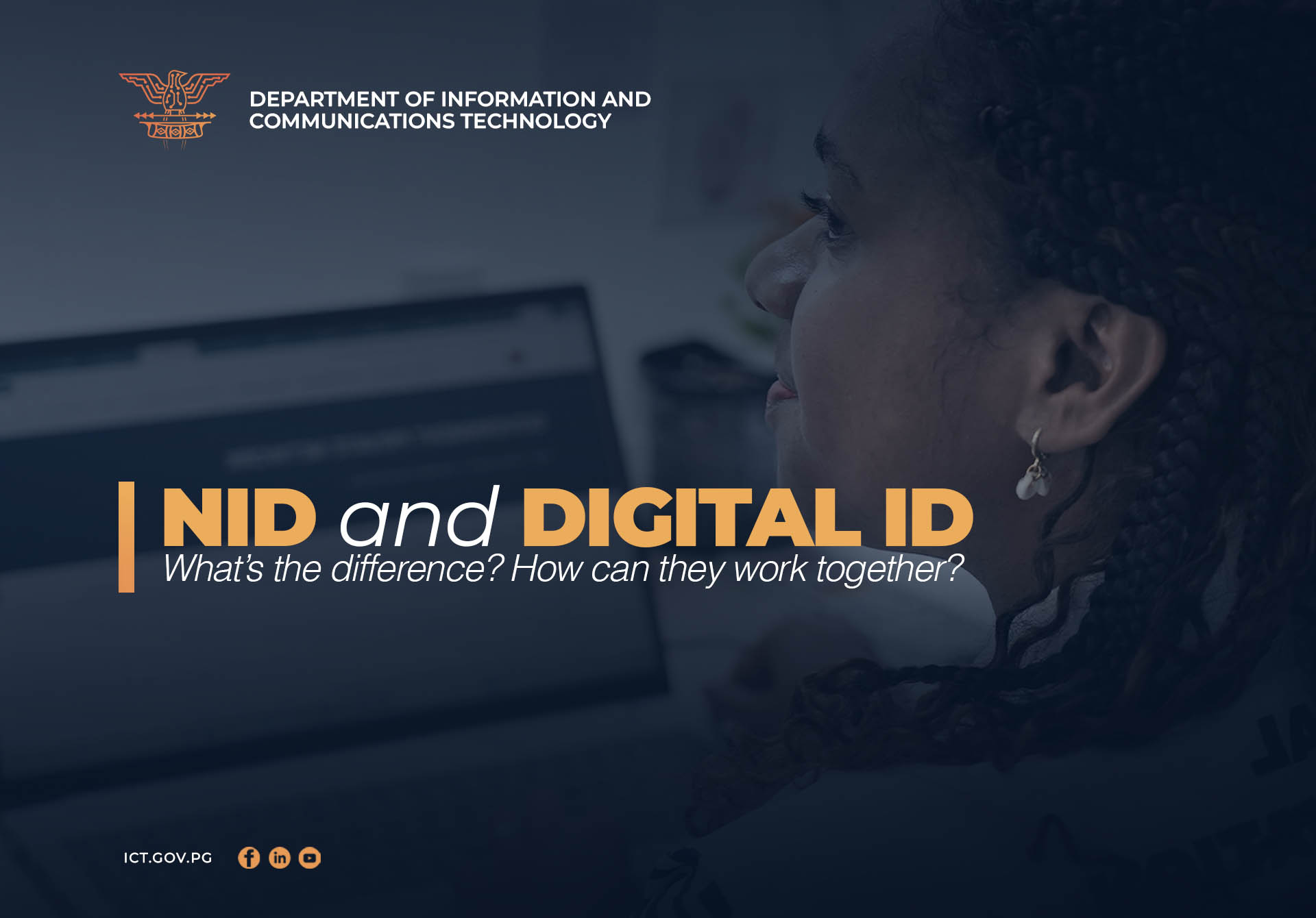As the Department of Information and Communications Technology plans to introduce a key Digital Service – SevisPass, one important question technologists, policymakers, and the public alike are asking is, What is the difference between the National Identification (NID) and the new Digital ID called SevisPass? Is it a duplication of Government Service?
Even though they are closely related, they are not the same thing—and understanding how they work together is important, and can ensure our Government significantly improve service delivery through SevisPass, by making it faster, more secure, and more convenient for citizens to access government and private sector services online.
Mr. Josuah Pomaloh, Executive Manager for DevOps, Department of ICT, explains in a LinkedIn publication that the National ID is a government-issued physical identification card that serves as proof of a person’s identity within a specific country. It proves who a person is and is used mostly in face-to-face situations—like when you vote, open a bank account, or apply for government services.
“It is your official, legal identity in the country.”
SevisPass, on the other hand, is a Digital ID. This means it’s not a physical card but a digital version of your identity. You can use it on your phone, computer, or other digital devices. It helps you access services online—like banking, mobile SIM registration, or applying for government help through apps or websites. It also includes strong security features like facial recognition or QR codes to protect your identity.
So, while the NID currently is used in-person and exists as a card, the Digital ID is used online and exists digitally. But the two are closely connected. The government through DICT can build SevisPass using information from the NID system.
This means that when someone uses SevisPass, the system will check their identity against the official NID records or other strong foundation to verify and to make sure it is correct. This makes SevisPass a trusted and secure way to access online services.
The Minister for ICT, Hon. Timothy Masiu, recently stated that SevisPass should be fully connected to the NID system. He said that SevisPass will be a key part of the country’s new digital tools. It will enable people log in to many services using just one account. This includes government services being hosted on the upcoming SevisPortal, which will allow people to apply for things like school fee subsidies, eVoting, and over 15 other citizen services —all in one place.
The accuracy of the SevisPass is dependent on the standard being implemented for creating an ID through the NID. Other forms of functional ID can be used to create a SevisPass (digital ID) and the process for managing the risks and also allow financial inclusion of citizens is being managed through the development of PNG’s Digital ID Policy which will be release this month for consultation.
In simple terms, the NID is your ID card for the physical world, and SevisPass is your ID for the online world.
Together, they can form a complete identity system that can be used across government and private services. When connected, they will help more people in Papua New Guinea access services more easily, safely, and quickly—whether in person or online.


